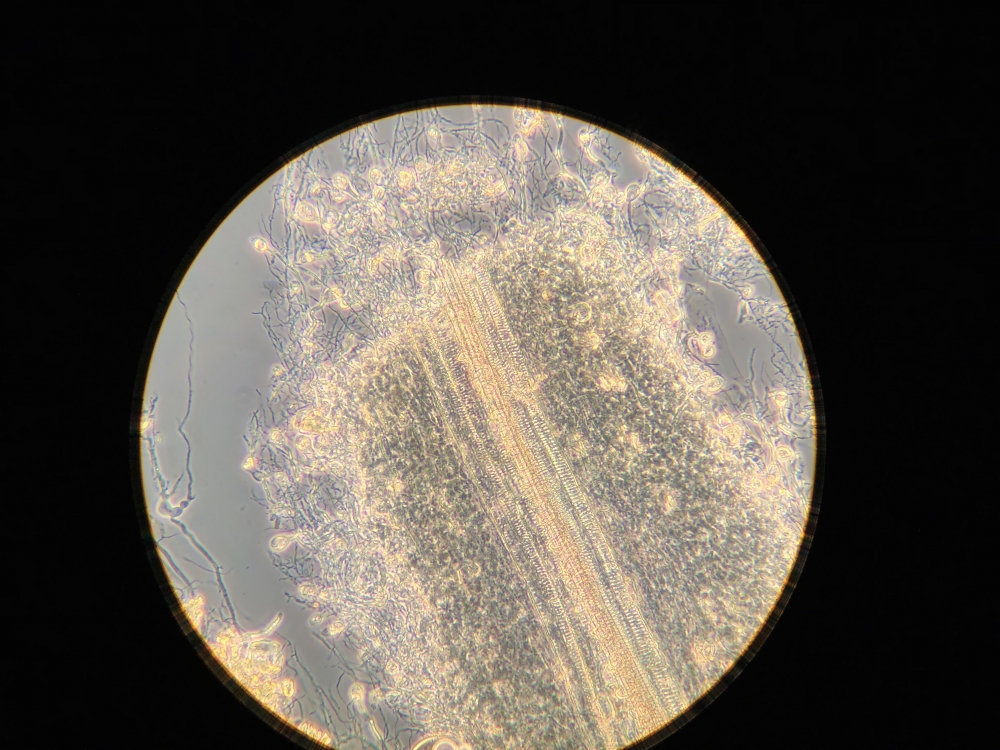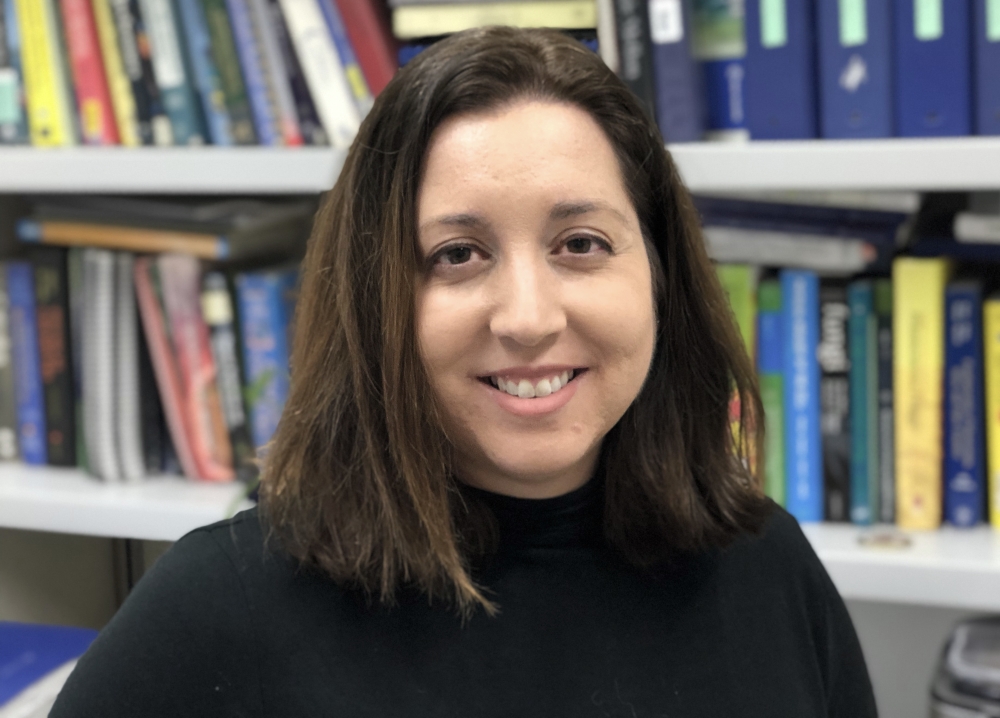
Betting on Waste

Most of the materials that maintain our modern lives — fuels, pharmaceuticals and other commodity chemicals — come from non-renewable sources. Over time the acquisition of these materials becomes more costly as their supplies diminish. A prime example is petroleum, from which we derive fuels that feed our insatiable demand for energy.
To help create a truly renewable alternative to petroleum, Michelle O’Malley, a professor of chemical engineering at UC Santa Barbara, has turned to one of the most abundant materials on Earth: the non-food parts of plants — stems, roots, inedible leaves — that would generally be regarded as waste. And with a $2.25 million award from the U.S. Department of Energy, O’Malley’s research group, along with collaborators at the Pacific Northwest National Laboratory (PNNL), are poised to advance the knowledge of and technology for advanced biofuels.
“We are extremely grateful to the Department of Energy for making this award, which will fund an ambitious, high-risk/high-reward research collaboration between UC Santa Barbara and PNNL to image microbial processes that are critical for waste-to-fuel production,” O’Malley said. “There is a critical need to develop new methods to manufacture chemicals, fuels and commodity chemicals from renewable resources.”
While the starchy, sugary parts of plants have for decades been the renewable sources of ethanol and biodiesel, competition for limited growing space means that growing crops such as corn (currently the crop of choice for large-scale biofuel production), potatoes and sugar cane for biofuel often limits the space and resources used to grow the same crops to feed ourselves or export to other markets. Using the non-food parts of plants allows weeds and plant waste to become a renewable source of fuel, one that also can be less polluting than our current fossil fuel technology.
However, the challenge lies in getting past the tough fibers and woody layers of the structural parts of plants (cellulose and lignin) to access the sugars and starches therein. O’Malley found inspiration in the guts of large herbivores, where microbes have evolved to break down this biomass. Her work in this area has earned her numerous awards and recognition, including the Presidential Early Career Award for Scientists and Engineers (PECASE), National Science Foundation CAREER, Department of Energy Early Career Award, MIT Tech Review 35 Innovators under 35, Dreyfus Teacher-Scholar Award and the American Society of Microbiology Award for Early Career Applied and Biotechnological Research. It will also be the focus on her work on this project, titled “Tracking Lignocellulosic Breakdown by Anaerobic Fungi and Fungal Cellulosomes.”
“Cellulosomes are multi-protein complexes of enzymes that work together to break down lignocellulose,” O’Malley explained. “Cellulosomes in bacteria are fairly well studied, but cellulosomes in fungi have only recently been discovered, and we have almost no idea how the complex forms, rearranges and how it ‘attacks’ plant matter.
“By developing site-specific probes to target different proteins in the cellulosomes, we will be able to detect when (and how) they come together,” she continued. “We are also developing genetic tools to manipulate anaerobic fungi directly, which will open the way for adding/deleting different cellulosome components to see what their impact is on plant degradation.”
O’Malley’s study is one of a suite of new approaches to bioenergy that, according to the DOE, “are expected to enable more precise measuring of enzyme function, tracking of metabolic pathways, and monitoring of the transport of materials and signaling processes within and among cells — essential to redesigning plants and microbes for bioenergy production.”
“We’re extremely pleased that professor Michelle O’Malley has received one of only six grants awarded as part of the Department of Energy’s initiative, ‘New Bioimaging Approaches for Bioenergy,’ ” said Rod Alferness, dean of the UC Santa Barbara College of Engineering. “Michelle and her team have created an impressive body of work related to how processes that allow large herbivores to convert lignocellulose to fuel might be used to produce bioenergy for human use. This new DOE funding will enable Michelle to gain a deeper understanding of processes taking place within and among cells, knowledge that is critical to successfully developing economical and efficient biofuels.”



